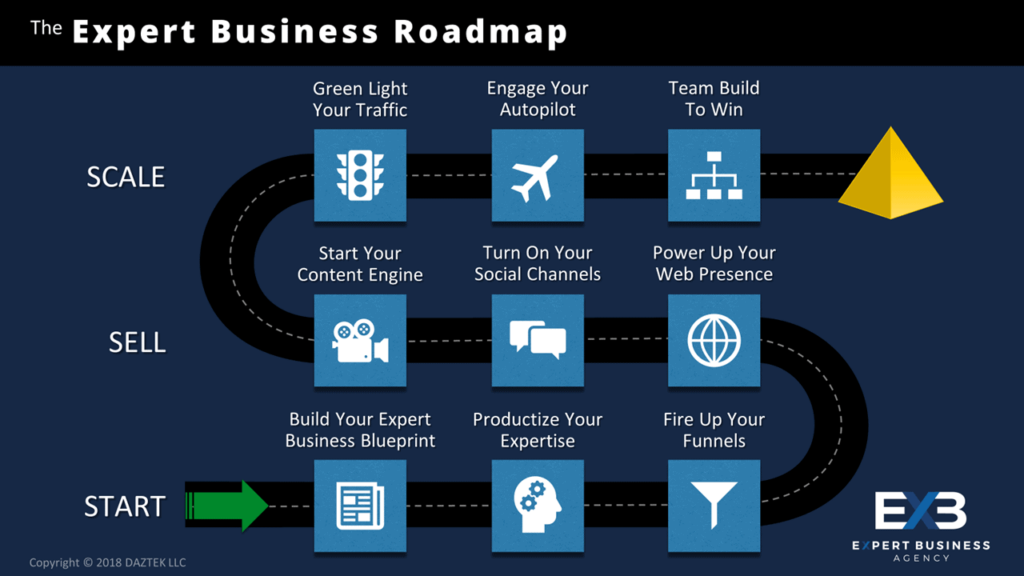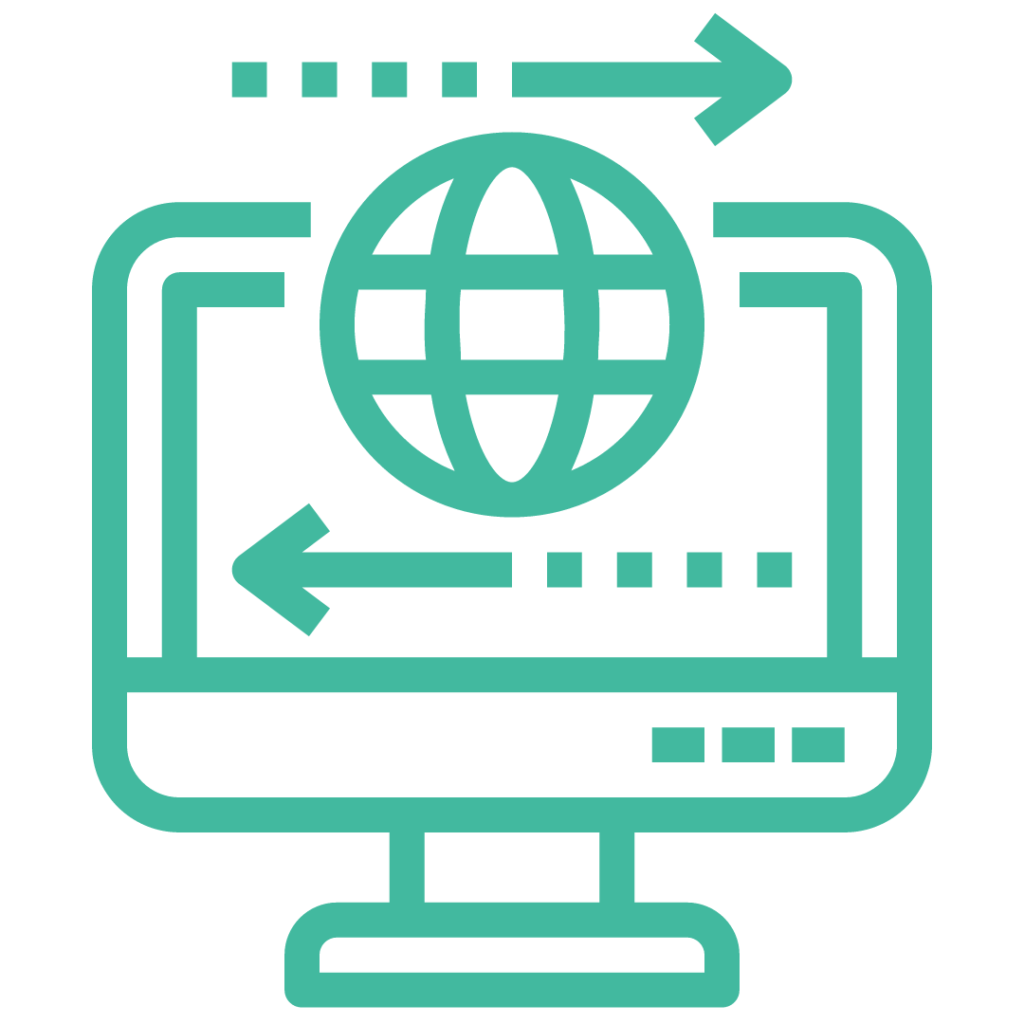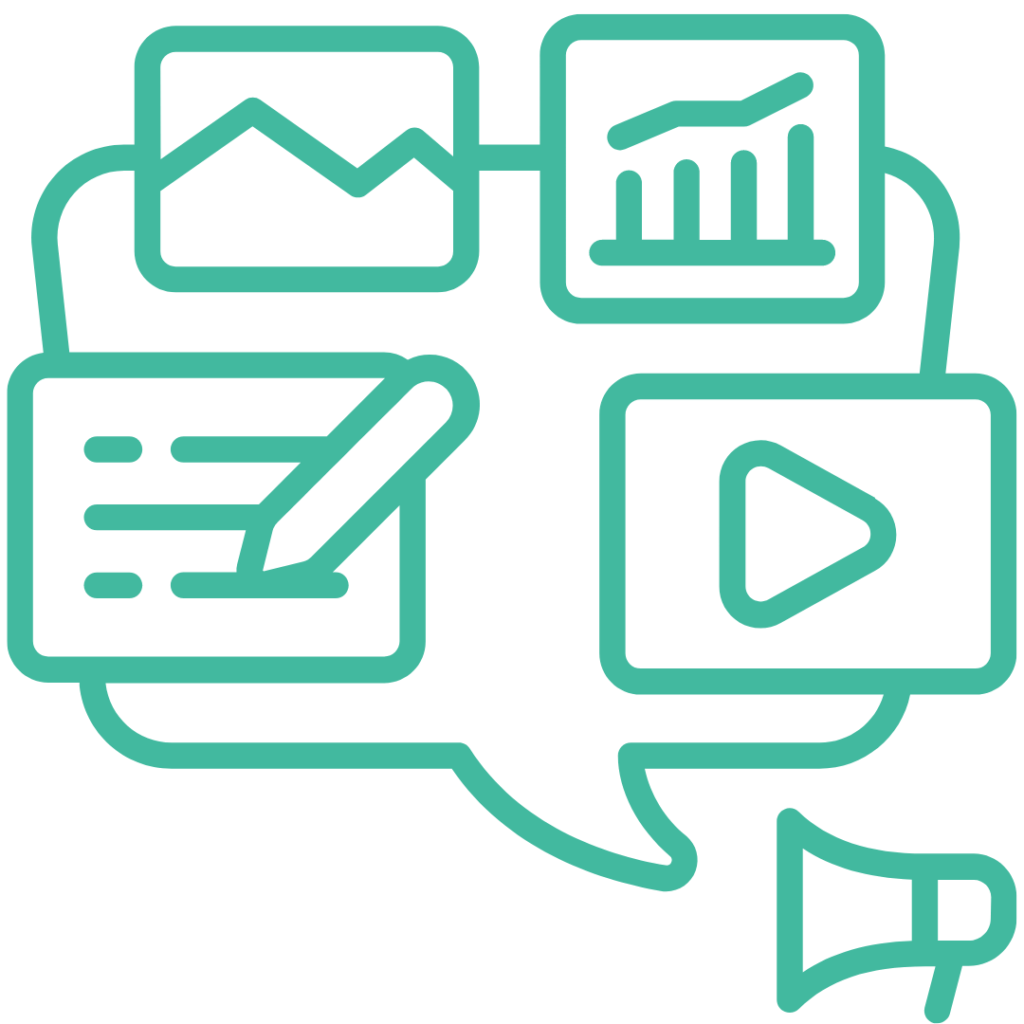Ultimate 7-figure Online Business Foundation (Part 2)
There are nine foundational elements that online businesses need to hit seven figures. In the previous episode, we covered the first three. Your Expert Business Blueprint, Productizing Your Expertise, and Firing Up Your Sales Funnels to validate and pre-sell your course or programs.
In this episode, we’ll cover the next three essential elements.
Remember, trying to build a business without a solid foundation is the same as trying to build a skyscraper without one. It’s going to tip over and fail at its weakest point. Be sure to stay until the end where I’ll cover a bonus tip on how to get all nine up and running in your business quickly.
Also, check out this free resource that’ll help you.
How NOT to launch an online course

So I wanted to tell you a quick but painful story about how I discovered the value of pre-selling before building your program. In my first attempt at building an online course, I hadn’t discovered the Expert business foundation yet, so I spent a lot of time building the course, putting together all the different tools, recording all the content, and so on for months.
When I finally launched a course, all I got was crickets. I didn’t have much of an audience yet, and the audience I did have was not interested in the course, at least how I positioned it at first.
That’s why we talked so much in part one about planning, research and most importantly, pre-selling to collect feedback before spending all your time and money building.
If you follow my Expert Business Foundation, you won’t have that problem. Instead, you’ll now have feedback and data from pre-selling that’ll help you shape the rest of the nine essential elements as you build out your online business.

At this point, you’ve validated your offer for your product or program and feedback that you need to incorporate before you launch.
This is where online business gets complicated, though…
There are three things you need to be doing in parallel right now.
- First is building your audience. You need to be building your audience so that when you launch, you have a group to sell to.
- Second is building your course or program. Now that it’s validated and you’ve sold some of it, you need to be able to build it and then deliver it.
- Third is building the next three foundational elements of your business to scale your business needs those elements.
This is where solopreneurs begin to struggle under the load of too much work to do, not enough skills or expertise to do it all, and nowhere near enough time.
Check out this free training on how to get a massive amount of help to accomplish all these things for less than the cost of one full-time employee.
The next three foundational elements are important to put in place as soon as you can. Let’s dive into the next one, which is powering up your web presence.
Power Up Your Web Presence

Now, your website is not the most important part of your online business in our model, it’s the fourth essential element. Far more people are going to find you and your programs through your sales funnels than through your website. But a website’s still important, though.
I call it your headquarters or your base of operations. It’s a consistent asset that you wanna build up over time with valuable content for search and SEO purposes.
It’s also important because your funnel, social media, and traffic strategies all link back to your website and domain.
For most of your audience, before they purchase anything from you, they’re going to do a due diligence check to see if your business looks real and the number one way they’re going do that is pull up your website.
When we design websites with our clients, we recommend and take a pretty unique approach, and that is to think about your website as a funnel hub.
This is a concept I learned from Russell Brunson, the founder of ClickFunnels. The main idea is that thinking about the customer journey, your audience will become aware of you by your content and.
Those all will direct them to one of your funnels, usually a lead magnet or a webinar. But then they’ll pause, open a new browser tab and visit your website to validate that you’re real.
If your website is designed properly as a funnel hub, it’ll show them the breadth of your offerings, you know your content channels, your funnels, your programs, and also help them self select where they want to go next.
There’s a specific design and layout that helps keep them on track. This is what you want your website to do. Pull them in and then direct them to the best next step.
Most websites are just static billboards. People publish and they jam ’em up with every single thing they have with links to 50 different posts and videos, resources, and it overwhelms the visitor, and then they bounce.
Instead, your website needs to pull them in, make them aware of your key channels and funnels, then direct them to the next best step.
Your website also needs to perform critical but invisible technical tasks for you. First is capturing and tracking visitor data. You’ve probably heard of the Facebook Pixel or Google.
There are others like that from your email service provider to other platforms that you use. These are the tech pieces that connect data from your website visitors to what they’re doing on the other platforms.
Second is search engine optimization and building up your domains reputation over time. There’s specific technical setup and tools that help ensure you get the maximum outta your content and post by sending that data to the major search engines.
If these items aren’t in place and set up correctly, you’ll lose traffic and won’t be able to supply the ad networks like Facebook or YouTube with the data that they need to optimize your ads.
These are some of the key things to think about when powering up your web presence with our clients. A lot of this falls into the category of “they don’t know what they don’t know”. Meaning websites are a lot more than just a couple of pages of text and images.
Turn On Your Social Media Channels

Social media channels are an essential element of all seven figure online businesses in our Expert Business Foundation model. After you have your funnels and website in place, it’s time to turn on your social channels. That means claiming the names and accounts for your channels.
Getting professionally designed cover art backgrounds and post templates, and then setting up your initial profiles on all of the social networks. You want consistency and brand recognition across all of your channels, while at the same time tailoring your branding to each channel.
As an example, your LinkedIn profile should be more businesslike, while your Instagram profile might include more lifestyle or behind the scenes branding and content.
As people check you out and your brand, you want them to see that you have your act together and are taking your business seriously.
You also want to make sure your sales funnels are never more than one click away on every profile and post.
Next, you need to scale your social media efforts.
Consistency and repurposing are critical to scaling your social media channels. Choosing the right tools for managing your social media can save you five to 10 hours a week.
There are hundreds of social media scheduling tools and platforms to choose from. With our clients, we help them get onto one or two at most, which cover all the major social networks, and most importantly, that support posting the most popular content forms like TikTok, Reels and Shorts.
The overall goal is the maximum amount of posts for the minimum amount of time that you’re creating content.
David Ziembicki
With your website and social platforms in place, it’s time to fuel them with the content to begin building your audience.
Start Your Content Engine

Gary V. Russell, Brunson, Alex Hormozi all agree that the biggest opportunity for organic growth is producing content at scale. Gary V talks about producing a hundred pieces of content a week and eventually getting to a hundred pieces of content a day!
Sure he has a team of 40 people. Russell does as well. Alex Hormozi has said he spends $70,000 a month on his team. What does that mean for the rest of us?
It means putting in place a content engine. What is a content engine? Well, a content engine is the tools, systems, and team that enables content creation at scale and posting across all social networks.
This can be done without a huge team or budget. My agency offers a fractional team model where you get part-time access to an editor, a copywriter, social media manager, and pro-level tools.
The key is you creating one piece of super valuable long form content each week as the fuel for your content engine that your team then cuts into 10 different assets and posts across 10 different social media channels that gets you to the hundred posts a week from just two hours of your time invested.
Across all those posts and channels, there are three feelings all of your content should invoke in your audience.
- First, your content needs to leave the viewer with the feeling that you are credible. Not that I didn’t say expert or world class. If you can get there, great, but the minimum bar is credible.
- Second, you want to leave them with the feeling of wanting to watch more to watch the next video or listen to the next episode. This means having a content strategy such that you aren’t posting randomly across many topics, but instead, each post or topic leads to the next.
- Third, about 20% of the time you want to have a call to action to one of your lead magnets offers or funnels where the viewer feels like, yes, that’s exactly what I need.
That combination of increasing watch time on the social platforms and occasionally taking them off platform to your offers is the best chance for growth.
Your social media channels need a content strategy that attracts an audience and sends them to your sales funnels to become leads and get converted into customers.
We recommend and help our clients with three types of content.
- First is connection, where your goal is to connect with your audience and show that you have had the same challenges they have and understand their struggles at a deep level.
- Second is awareness, where you talk about your solutions, methods, and programs, and how they provide a desirable outcome or transformation for your.
- Third is conversion, where you’re specifically calling your customers to take action, like register for a webinar or purchase your course program.
When you get all three of those aligned, your content engine delivers a constant stream of organic traffic to your sales funnels.
IMPORTANT: Click here for a free training I’m doing on these topics and how to get help putting them in place as quickly as possible so you can accelerate your journey to seven.
Next Steps
So at this point with your blueprint, products, funnels, website, social channels, and content engine in place, we’re starting to have a solid foundation for your seven figure online business. But there are still three more essential elements to go. Next is green lighting your traffic which I’ll cover in the next post: Ultimate 7-figure Online Business Foundation (Part 3).

